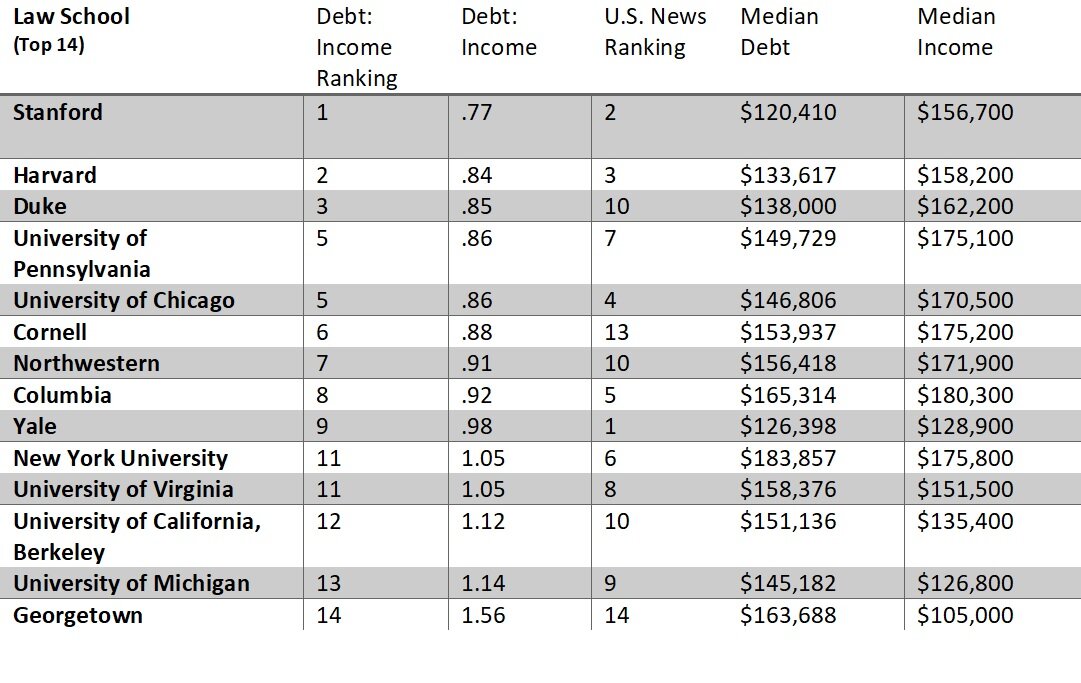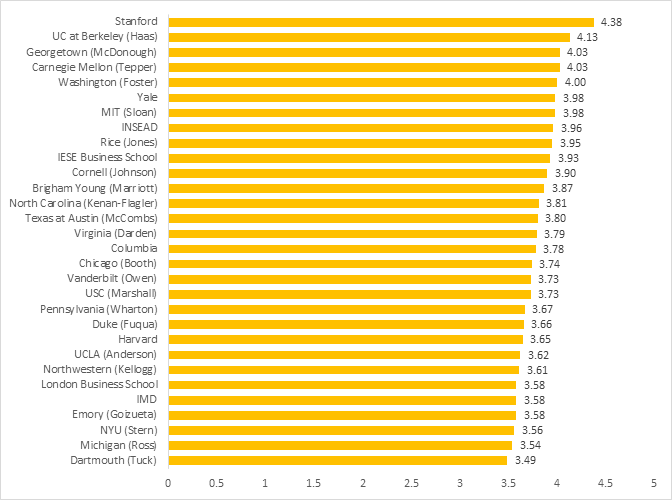Paths to business school tend to be as varied and diverse as the careers that begin after graduation. Sarah is an economic development consultant who wants to expand her financial acumen; Michael is an engineer who aims to manage the operations division; and Matthew is an investment banker who plans to make a career change. And they all have one thing in common. They all want to go to business school in order to gain a general management education, where they will be able to learn from the diverse backgrounds of their classmates and expand their perspective.
But the question is: where will they begin? All are seriously considering MBA programs in Europe, but all are wondering if they should take the plunge and do something drastically different than their colleagues at work who are looking to pursue an MBA in the US.
For prospective MBA students like Michael, Matthew and Sarah, there are many options to consider when deciding where to apply.
First, there is the question of rankings and prestige. When you are preparing to embark on an academic program that will not require you to obtain a license upon graduating, as you would after completing law or medical school, the reputation of the institution is especially important. This is because the most sought after recruiters have relationships with top schools and it is more likely to not only to secure a job, but to secure a highly competitive position when you emerge from a well reputed school. And many European programs are at the top of their game. London Business School, INSEAD, IE and IESE are all listed in the top 10 of The Financial Time’s Global MBA Rankings.
Second, you must evaluate the quality of the Career Services department. Where are recent graduates working? Which companies recruit on campus? What was last year’s placement rate? As soon as orientation, you will be meeting with career services staff to get the ball rolling, so it is important to do extensive research. Many American and European programs have excellent reputations in career placement, but many agree that European programs have an advantage for those who want to work abroad. At top European programs, the opportunities are not concentrated in any one city, country or industry, so you have a lot of opportunities to evaluate, many located within a reasonable distance, and plenty of multinational employers to impress.
Third, consider geography. It seems so simple, but geography is one of the most important qualities to evaluate. If you want to work abroad and gain an invaluable international perspective, there is simply no better plan than to pursue an MBA program in Europe, where you will be able to easily network with companies near where you study or in neighboring cities and regions. In a European MBA program, you will also have access to greater diversity. You will be sitting next to people in class who come from all over the world, have extensive experience in a plethora of industries and have diverse educational backgrounds. While US MBA programs boast that 30% of their classes come from around the world, approximately 80% of top European programs are foreign students. And many European programs are strict about a dominant culture emerging. At IMD’s tiny 90-person MBA program, 35 nationalities are represented. Your ability to learn and work in a global context will be vital to your career.
If, like Michael, Matthew and Sarah, you are seriously considering a European MBA, it is also important to know that while European programs tend to be cheaper and their one-year format makes them shorter than their American counterparts, some programs, like INSEAD, require you to be able to speak another language fluently. So, it is important to pay particular attention to the program’s requirements when evaluating different options.
When my clients begin evaluating their options, the first thing I advise them to do is independent primary research. It is not enough to peruse websites, read brochures or rely on outside opinions. Prospective business school applicants should be talking to as many admissions directors, career placement staffers, faculty members, alumni and current students as possible, not only to learn first-hand what distinguishes certain programs, but to also begin building a relationship with the faculty and staff at programs they may interview with in the future. Even if you are now just beginning your MBA program research, I would recommend that you attend one of the many MBA fairs coming to a city near you, either The MBA Tour, QS World MBA Tour or Access MBA.
Prospective applicants will be able to have one-on-one meetings with school representatives and also attend panel presentations that will address current issues affecting the world of general management education. At these fairs, you will not only be able to talk with representatives from many American programs, but you can also look into the European programs like IE, IESE and Hult International Business School you may be curious about.










